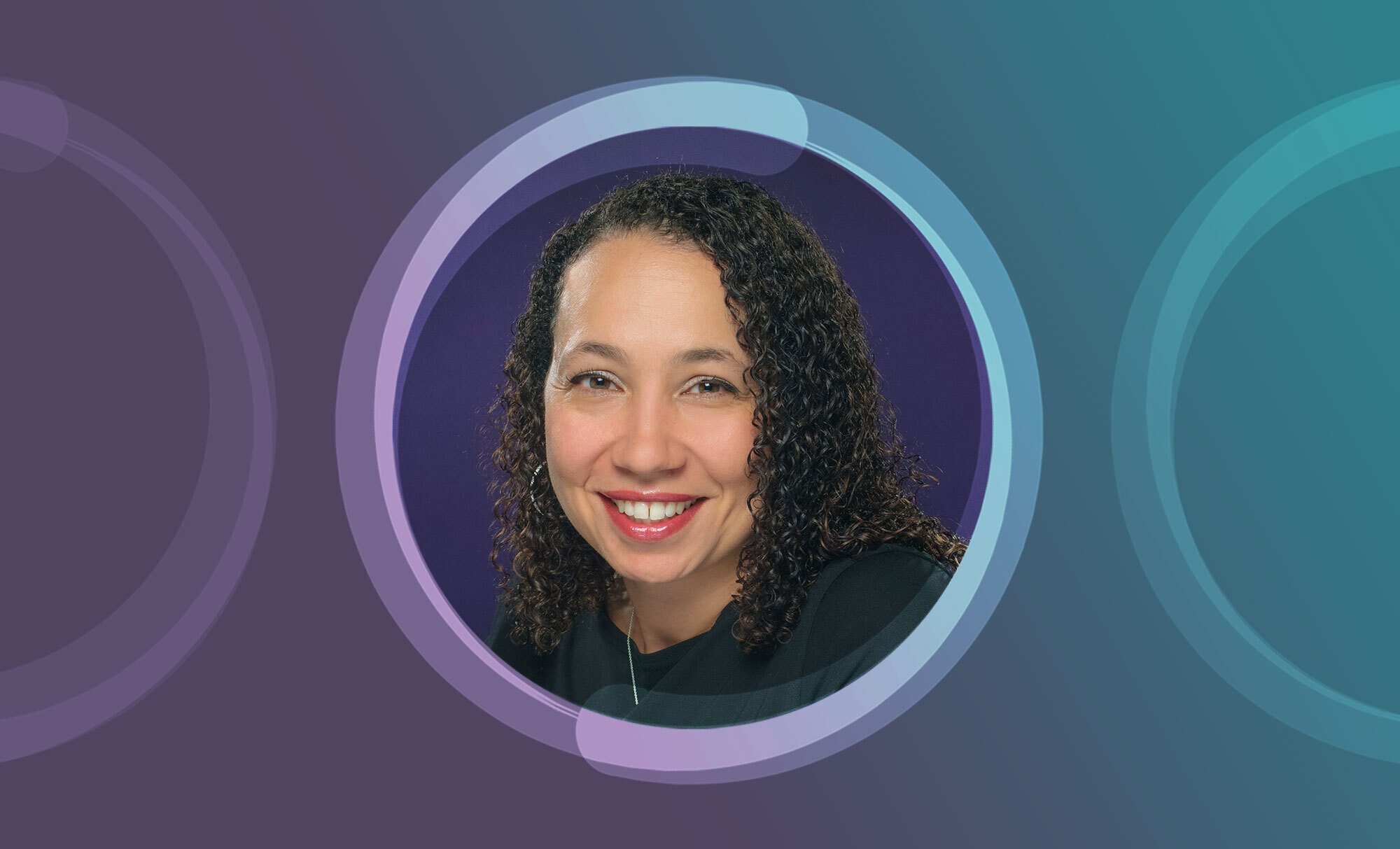Written By Anu Gupta
Candid Q&A Insights B/w Anu & Tanya Lopez | BE MORE With Anu

I recently had the opportunity to speak with Tanya Lopez, Director, Council on Medical Education at the American Medical Association. Founded in 1847, the American Medical Association (AMA) is the largest and only national association that convenes more than 190 state and specialty medical societies and other critical stakeholders. Throughout history, the AMA has always followed its mission: to promote the art and science of medicine and the betterment of public health.
For over two decades, Tanya has used her passion, positions, and power to improve the quality of life for our most vulnerable. Prior to her role at the AMA, she served and advocated on behalf of people living with HIV and AIDS. She has provided direct services to those in need and technical assistance to community-based organizations.
In Tanya’s current work, she contributes to creating solutions to increasing diversity in medicine and advancing health equity. She is knowledgeable in health care, health care financing, public health, health care inequities, health inequities, and health equity.
Tanya is an alumni of our Breaking Racial Bias program and is actively applying what she learned in the course to her professional and personal life. She is an inspiration to our team and a peer in this work. I recently caught up with her to learn about how she got interested in racial equity, and get her perspective on what needs to happen to break bias in our culture. Below are some highlights from our conversation.
~Anu
Tanya, you are the Director Secretary for the Council on Medical Education at the American Medical Association (AMA). You've been with the AMA for over 12 years. How did you get started in this work? What is an aspect of your role or work that you are most proud of?
Prior to working at the American Medical Association, I worked in a variety of roles serving and advocating for people living with HIV/AIDS. I had experience providing direct services to people and technical assistance to community-based organizations which was challenging and rewarding. I was able to leverage that experience and knowledge to work on a national level raising awareness of health care disparities among physicians and allied health care professionals.
In doing this work, I raised my own awareness of the lack of diversity in medicine. I am proud that my current work allows me space to support creating solutions to increasing diversity in medicine and improving health equity.
You participated in our first Breaking Racial Bias course of 2021. How has the learnings from the course impacted the way you show up at work? How do you advocate for yourself and see your team?
After taking Breaking Racial Bias, I am more aware of my ability and power to influence. I have been using my privilege as a director in the organization to speak up regarding structural inequities and have also been sharing what I learned with my colleagues including my direct reports to help them harness their own power.
Since participating in the Breaking Racial Bias course, I have advocated for marginalized employees in my organization who are harmed by existing systems and structures of oppression within the organization. I have learned how to better honor, respect and hold my boundaries and I have advocated for shared power in the development of a “Return to Office” policy.
How do you define race? What are some things you are now working on to combat the ways racial bias is enforced in the healthcare industry?
I believe race to be a social construct that has harmfully been assigned value by a dominant culture. I currently manage the policy development process for the Council on Medical Education which recommends educational policies across the continuum of medical education to the American Medical Association (AMA) House of Delegates. As part of its equity efforts, the AMA is examining how racial bias shows up in medical education whether it is through the teaching of outdated or ill-informed practices, the lack of curriculum devoted to the care of diverse skin and hair textures of patients or the perpetuation of stereotypes in the learning environment including naming and social elements featured in clinical case vignettes and examination items. Recommendations that follow this examination will support efforts to accelerate change in medical education and support the development of structurally competent physicians.
What do you see as the top priorit(ies) in creating racial equity and belonging in our nation?
I think people need a deeper understanding of how we acquire our biases and how these biases show up in our decision making. We all have biases, but we can learn how to better manage and break them down. We bring these biases into our social and professional environments and they influence our practices, policies, and laws. My hope is as people develop a richer understanding of ourselves and the role biases play in our lives, we will make progress in developing more equitable practices, policies, and laws.
Based on all that you've learned and done, what are some of the ways people can shift awareness to identify their own biases?
I think people can do a self-assessment of the people they regularly interact with and the major sources of media they consume. They can assess how diverse their results are and reflect on how this contributes to both positive and negative examples of various groups that are the same and differ from them. I believe this is a great exercise to examine how our sources of information and community reinforce racial bias in our lives.
Thank you so much Tanya!
